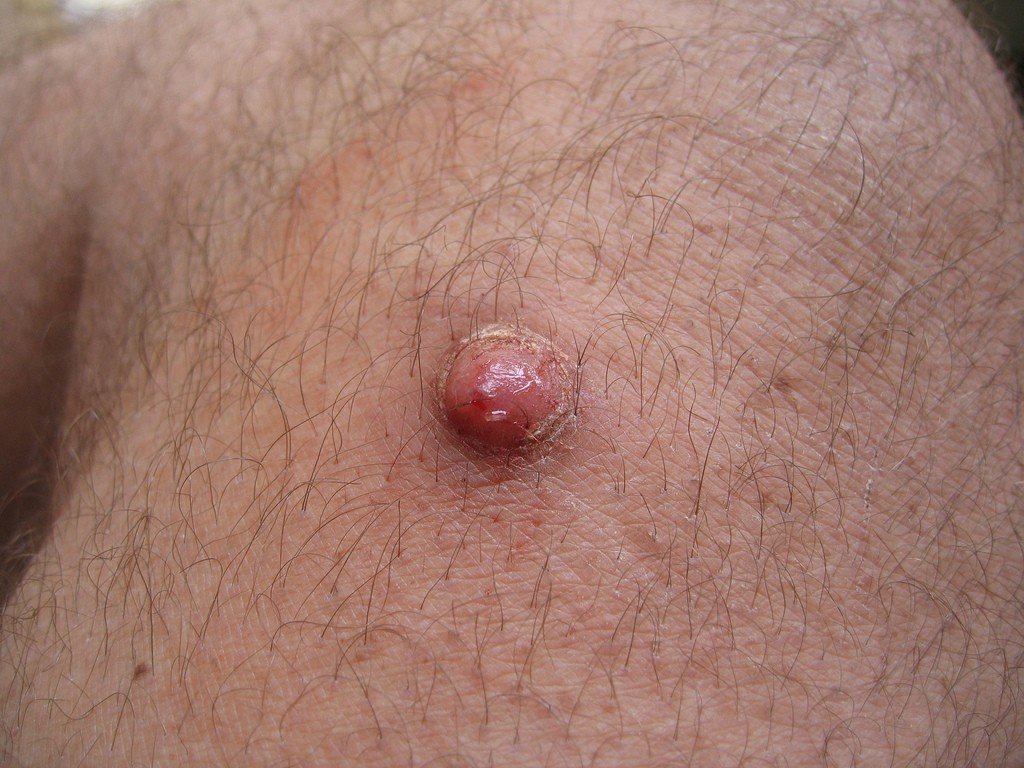

Basal skin cancer
Cancer originates due to the uncontrolled growth of abnormal cells in the body. Among all the cancers, Skin cancer appears as the easiest to deal with, but that is not the case! Skin acts as an effective barrier for the entry of pathogens to ward off any infections. At the same time, it also resists the entry of some useful chemotherapy drugs. The deadliest form of skin cancer Melanoma metastases rapidly spreading to other parts of the body within a short time. The only option left to combat skin cancer is chemotherapy. However, the current treatments include surgery, intravenous injection, and radiation therapy. But all these methods are associated with undesirable side effects. However, if the chemotherapy can be done through the skin, the side effects can be eliminated.
Keeping this in mind, the researchers Bingfang Me, Ran Mo and colleagues developed a paintable chemotherapy hydrogel that can be applied directly to the skin. It is not that easy as it sounds! For this purpose, the researchers assembled nanoparticles called “transfersomes” which consist of a phospholipid bilayer coated with surfactants. The chemotherapy drug Paclitaxel is encapsulated in surfactants which make the drugs deformable and assists in easy penetration through the skin. Further, they also affected the lipid matrix of the skin for easier penetration.
To increase the persistence of transfersomes on the skin, they coated the particles in the hydrogel. They then applied the hydrogel directly on the tumors of melanoma mice with intravenous injections of Paclitaxel every other day. For the other group of mice, the researchers injected only intravenous injections. They then analyzed the results after a period of 12 days. They observed that the tumors of the mice treated with paintable hydrogel and injections are reduced to half when compared to mice treated only with intravenous injections. It clearly indicates the topical treatment with hydrogel did help slow the tumor growth.
Also Read: A novel “Two Birds one stone approach” for treating lung cancer and to prevent kidney damage
Although it is unsure that the same results replicate in humans. Nevertheless, it is a major step forward and offers hope that one day the patient himself would be able to rub the gel on the skin.
The research study is published in the Journal ACS Nano.
iEV motors from Denmark has manufactured a pod-sized 78 cm iEV Z modular electric car.…
Garena free fire - Illuminate is a multiplayer battle royal mobile game. The app is…
The stressors of adult life can take a serious toll on your brain and make…
Men often experience a lot of irritation and embarrassment due to the unwanted growth of…
Web application architecture describes the relationship between servers, databases and applications. All web applications are…
Gone are the days when mobile phones come in handy only for voice calling and…